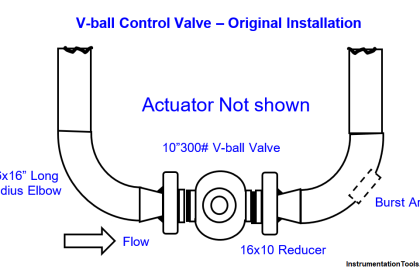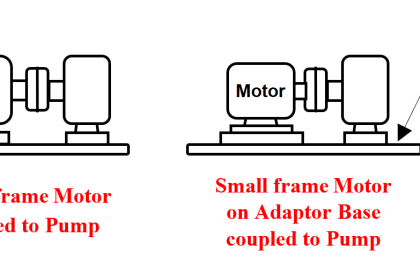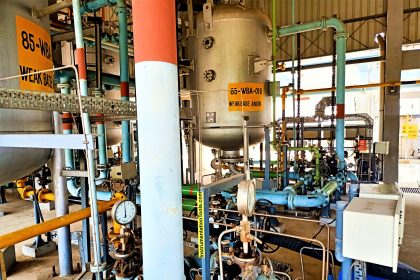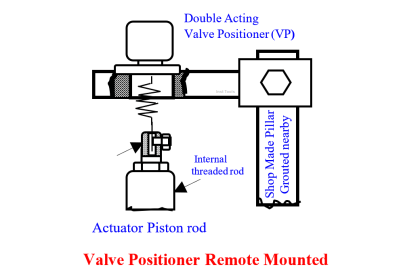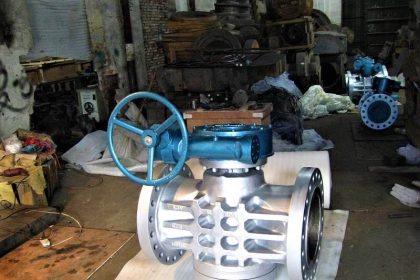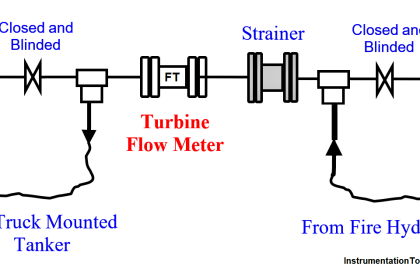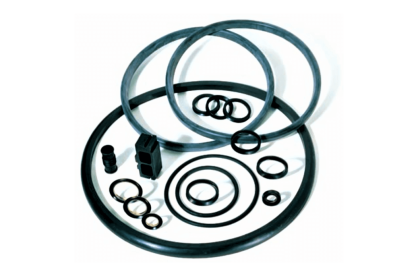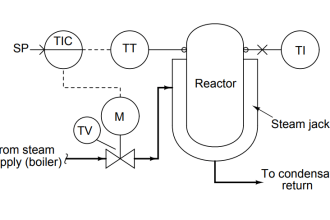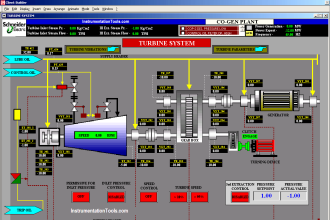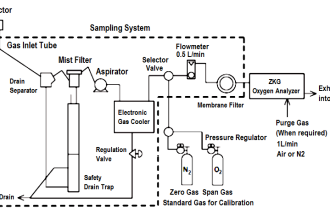Instrumentation engineering root cause analysis (RCA) of repeat control valve plug stem and gland leaks.
| Article Type: | Root Cause Analysis (RCA) |
| Category: | Instrumentation |
| Equipment Type: | Control Valves |
| Author: | S. Raghava Chari |
Note: This root cause analysis (RCA) is from real-time scenarios that happened in industries during the tenure of two or three decades ago. These articles will help you to improve your troubleshooting skills and knowledge.
Control Valve Plug Stem and Gland Leaks
A 4” 1500 # angle valve controls 220 bars CO2 feed to the urea reactor and another ammonium carbomate liquid feed.
Both valves plug stem found scored during packing changes. Hence, eliminating plug scoring the root cause would solve the problem.
Root Cause Analysis
The author’s guess is carbomate solution reaches the bottom-most packing ring via SS 316 support ring annulus clearance. → It solidifies into glass hard sharp crystals in the packing → these score the plug stem. → hence the gland leaks.
The CO2 carried over carbomate scored the other valve stem likewise.

RCA Solution
Thinking hard the author hit on an Idea: Just shift the bottom-most packing below the support ring. It worked.
Maybe because of no clearance, negligible carbomate soaks into it; nearness to a hot flowing stream does not allow it crystalizing.
In addition, after shutdown pipeline condensate washes wash away carbomate if any., Hence, no stem scoring and no gland leaks
Benefits
Realized benefits are
- Repeated new plugs making, associated valve dissemble, assemble, taking out the valves from the pipelines, putting back, and gadkets renewal high expenses vanished
- Elimination to this shutdown job reduced plant shutdown (SD) workload and cut down shut down times.
Author: S. Raghava Chari
Do you face any similar issues? Share with us through the below comments section.
If you liked this article, then please subscribe to our YouTube Channel for Instrumentation, Electrical, PLC, and SCADA video tutorials.
You can also follow us on Facebook and Twitter to receive daily updates.
Read Next:
- Butterfly Valve Failure
- Actuator Diaphragm Bursts
- Control Valves Leak Tightness
- Failure of Letdown Valves
- Over-Capacity Control Valve
